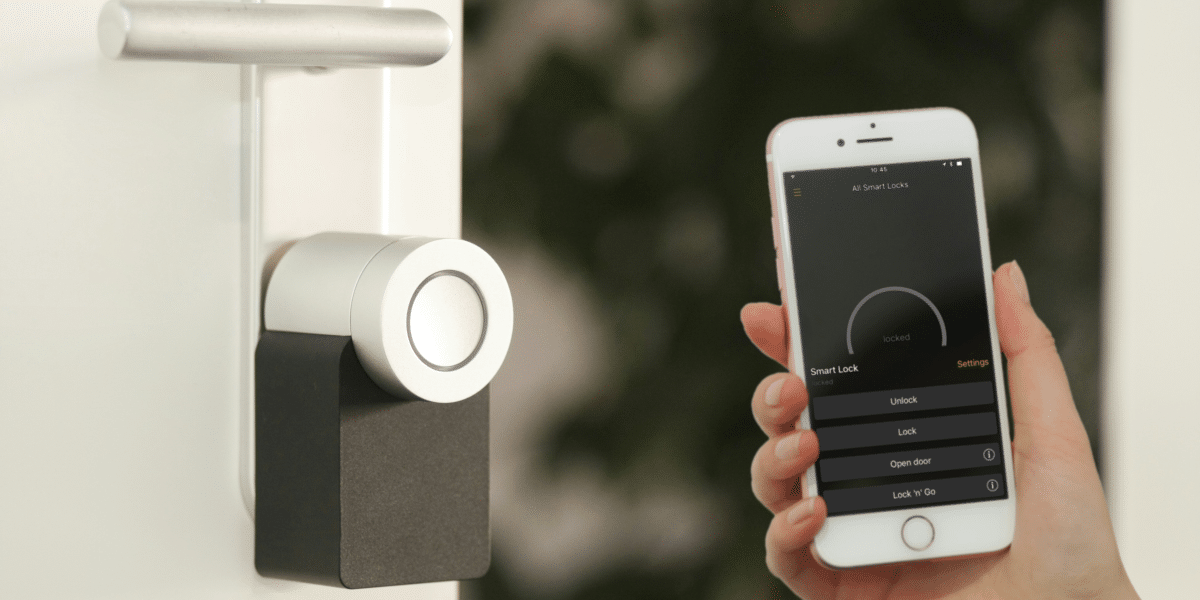While most of the leading causes of lung cancer, such as cigarette smoking and secondhand smoke, can be easily identified and avoided, one substantial cause isn’t as easily identifiable: radon gas. Exposure to radon is a dangerous environmental hazard, but a big part of what makes it so frightening is that it is undetectable by the human senses. Sometimes, you won’t know that you have been exposed to dangerous levels until it is too late, which is why it’s essential to be proactive and reduce your risk of radon exposure before it has the chance to affect your health.
According to EPA estimates, radon is the leading cause of lung cancer among non-smokers, resulting in around 21,000 deaths every year. The health hazard posed by radon to smokers is even more substantial because the carcinogenic properties of radon and smoking are synergistic, resulting in smokers being approximately eight times more likely to die of lung cancer.
Lung cancer has one of the lowest survival rates of any form of cancer. For years, doctors have urged people to quit smoking because of its dangers to their physical health. It wasn’t until 2005 that the US Surgeon General issued a national health advisory acknowledging the catastrophic health effects that radon can cause. Homeowners need to take action — and quickly — to help mitigate the effects of radon on their health.
What is radon?
Radon is an inert, colorless, odorless gas, which is a substantial part of what makes it so dangerous. No one can detect the presence of radon by natural means, and as such, testing must be performed to identify what level of radon may be present in a building. Radon is the product of the radioactive decay of trace uranium in rock and soil. While small amounts of radon naturally occur in the atmosphere, when drawn into a building by temperature and pressure differentials, the levels at which radon may be found can be far more dangerous.
When radon gas decays, whether in one’s lungs or within room air, it produces both high energy particles and decay products which are themselves radioactive. Additionally, in room air, the decay products can attach to easily-inhaled particles such as housedust. When an individual inhales these particles — and the radioactive decay products attached to them — they get lodged in their lungs, allowing them the opportunity to damage and alter DNA, which can then potentially cause lung cancer. These processes are what makes radon such a potent and dangerous carcinogen.
Radon gas can be found in any building, such as homes, apartment buildings, daycare centers, commercial buildings, and even schools. The gas tends to enter buildings through cracks in the foundation due to temperature and pressure “chimney effects,” and then gets trapped in areas of poor ventilation, such as basements. When this gas accumulates to levels above 4 pCi/L, the threshold defined by the EPA, it is vital to take corrective action before the exposure becomes too prolonged.
The importance of continuous radon monitoring
Thankfully, there are professional and consumer tests available to test for and identify the radon levels in your home or building. Knowing this information can be helpful in cases where an individual suspects that they may be exposed to radon at a dangerous level exceeding 4 pCi/L. Still, the reality is that radon levels can be highly volatile, affected by factors such as weather-based atmospheric conditions such as temperature and barometric pressure.
Because of the fluctuating nature of radon levels, a single test — or even a series of tests over a short period — may be ineffective at identifying whether or not you are at risk of radon exposure and developing lung cancer. Instead, you must continuously monitor the radon in your home or building. This often involves a professional coming in and deploying a device that allows them to monitor radon levels, and to recommend mitigation measures when levels pass the EPA’s guideline thresholds.
When radon is present in levels between the ambient outdoor level of 0.4 pCi/L and 2 pCi/L, it can be difficult to reduce it further. However, once levels exceed 2 pCi/L — but especially once they exceed 4 pCi/L — a professional must be brought in to mitigate the levels. This can be done by increasing the home’s ventilation or taking measures to seal cracks and penetrations in slabs or foundations. .
While homeowners would like to think that the radon levels in their homes are likely safe enough, there is no way to know whether you are being exposed to this radioactive gas at harmful levels unless you test for it. The best way to ensure that you are safe from the leading cause of lung cancer among non-smokers is proactive, continuous radon monitoring. If you opt for continuous monitoring, and notice that radon levels are beginning to rise abnormally high, you can take simple measures to increase ventilation, or, if sustained, consult a radon professional.






